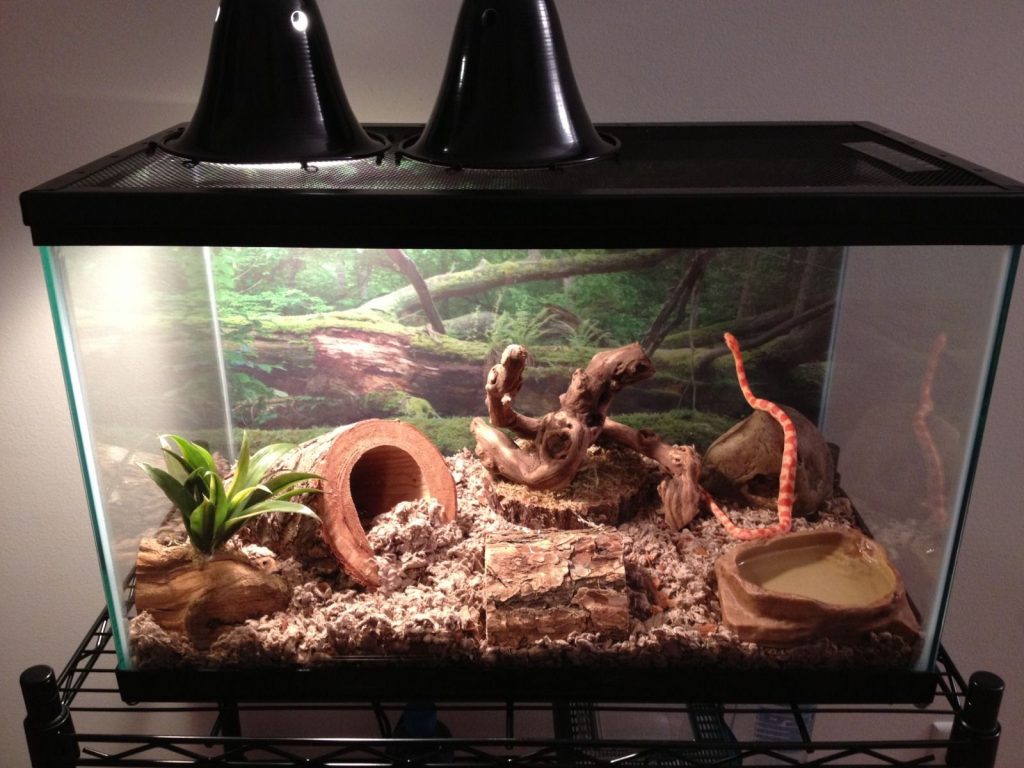If you’re considering adopting a pet corn snake, you’re probably wondering “What size tank should I get for my corn snake?” The size of your tank is a critical part of providing the best possible environment for your pet snake. In this article, we’ll provide expert tips and advice on choosing the right size tank for your corn snake, as well as other important care considerations.
Types of Snakes
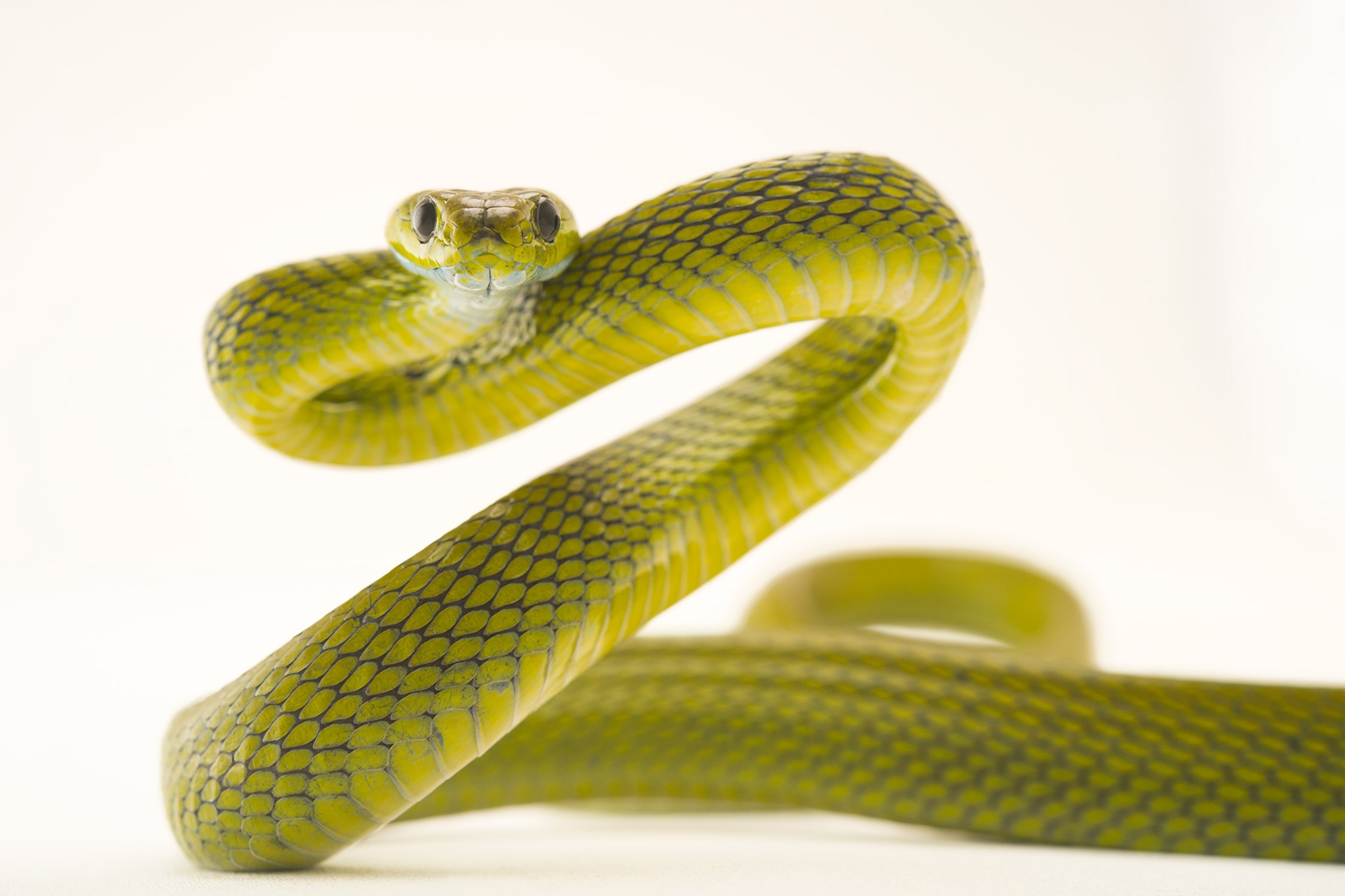
Corn snakes, or Pantherophis guttatus, are a species of small to medium-sized rat snakes found in the eastern and central United States. They are one of the most popular pet snakes due to their docile nature, attractive coloration, and ease of care. Corn snakes come in a variety of morphs, or color and pattern variations, and are available in a range of sizes. Common morphs include albino, snow, and sunglow. Corn snakes can reach an adult size of 3-5 feet depending on their morph.
Tank Size
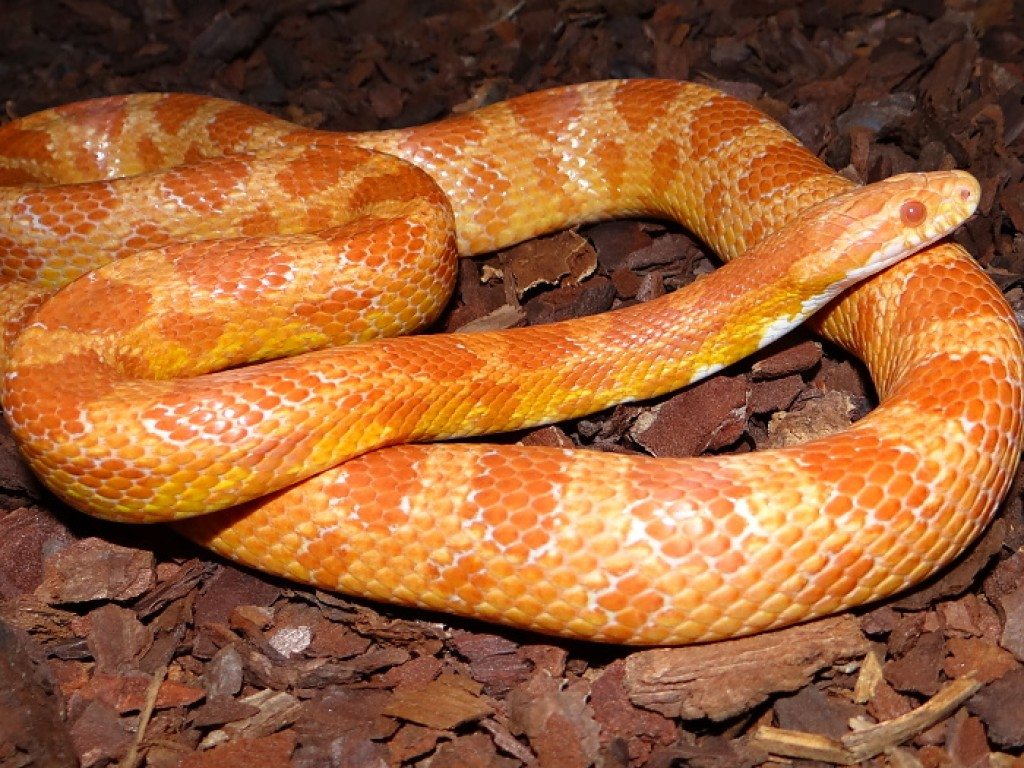
When choosing a tank for a corn snake, it is important to consider the size of the tank. Corn snakes usually need a 20 gallon tank for a single adult or a 40 gallon tank for two adults. The tank should be big enough to provide enough space for the snake to explore and move around.
Tank Temperature
The temperature of the tank should be kept between 75 and 85 degrees Fahrenheit. It is important to provide a temperature gradient so the snake can move to different areas of the tank to adjust its body temperature. A combination of an overhead light and a heating pad can be used to regulate the temperature.
Lighting and Heating

- Corn Snakes need a UVA/UVB light and a basking light.
- The basking light should be placed on one side of the enclosure, providing a temperature gradient.
- The basking surface temperature should range between 28-32°C (82-90°F).
- The cool side of the enclosure should range between 22-26°C (71-78°F).
Substrate
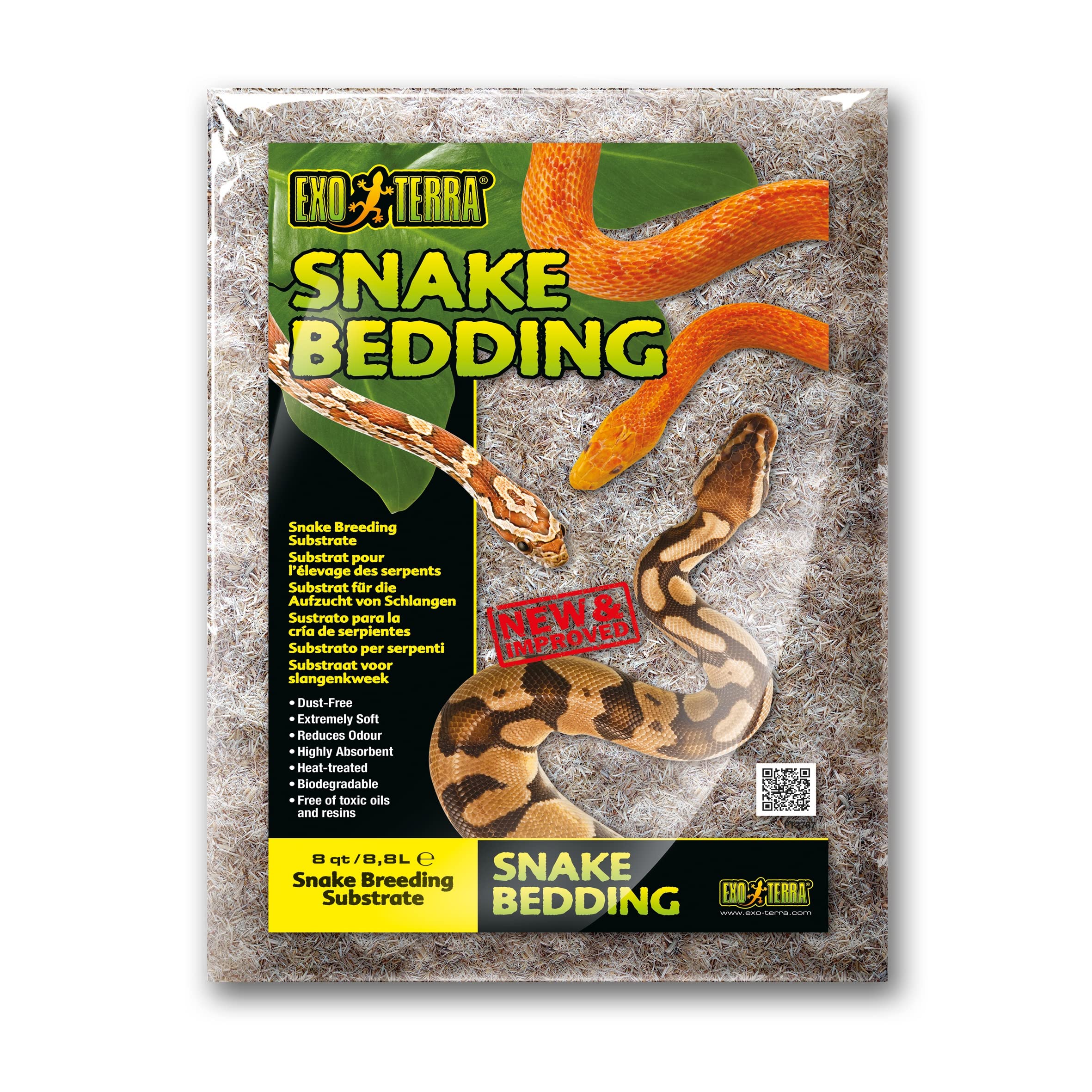
- Aspen shavings
- Paper towels
- Cypress mulch
- Reptile carpet
- Bark
Substrate is the material used to line the bottom of the tank. The substrate must be non-toxic, easy to clean, and provide a safe place for the snake to burrow and hide. Popular substrates for Corn Snakes include: aspen shavings, paper towels, cypress mulch, reptile carpet, and bark.
Decorations
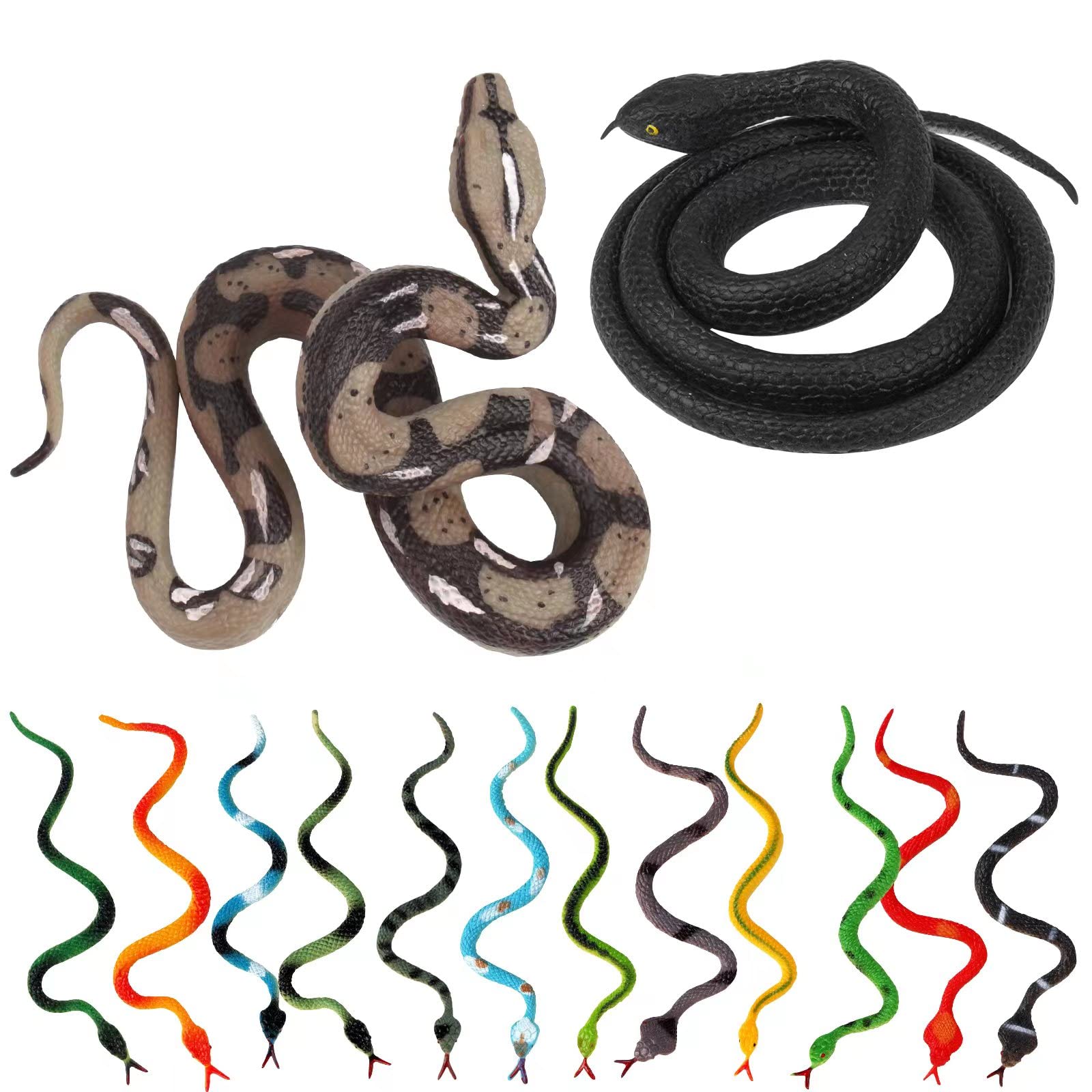
When setting up a tank for a corn snake, it is important to provide decorations that the snake can use to explore and hide. These decorations can be anything from rocks, branches, and logs, to various plastic plants and artificial hides. Although corn snakes are relatively small, they need some space to explore and hide in, and thus the decorations should be chosen to fit the size of the tank. It is important to make sure that the decorations are not too small for the snake to fit through.
Handling and Feeding
Corn snakes are generally docile and tolerate handling with ease. However, it is important to be gentle and supportive when picking them up and when placing them on different surfaces. When handling your corn snake, avoid gripping them too tightly and support their body weight as much as possible. It is also important to be mindful of the temperature when handling your snake, as the temperature of your hands could cause them to become stressed.
Feeding your corn snake is relatively straightforward. Most corn snakes will happily consume pre-killed or frozen prey items. These are readily available in the form of mice and rats. You should aim to feed your snake once a week, and it is important to not overfeed them as this can lead to health problems.
Maintenance
- Provide a secure lid
- Create a temperature gradient
- Replace bedding regularly
- Change water every 3-4 days
- Clean the tank at least once a month
- Provide a hiding spot
Corn snakes need a tank that is easy to keep clean and that allows for proper temperature and humidity control. Ensure the enclosure is secure and the lid is properly fitted. Heat lamps, ceramic heat emitters, or undertank heating pads are used to create a temperature gradient in the tank. Replace the bedding regularly and keep the substrate dry. Provide a water bowl and change the water every 3-4 days. Clean the tank at least once a month and remove any waste or uneaten prey. Provide a hiding spot for the snake to retreat to when it is feeling stressed.
Frequently Asked Questions
What type of tank is best for a corn snake?
A glass terrarium or aquarium is the best type of tank for a corn snake. It should be no less than 20 gallons in size and have a secure lid with ventilation. The tank should also provide plenty of floor space, as well as hide boxes, vines, and other items for enrichment. The tank’s temperature should be regulated, with a hot side and cool side. Finally, the tank should be cleaned regularly to maintain a healthy environment for the corn snake.
Are there any special requirements for a corn snake tank?
Yes, there are a few specific requirements for a corn snake tank. Firstly, the enclosure should be escape-proof, as corn snakes are escape artists. Secondly, the tank should be large enough to provide adequate space for your corn snake to explore and exercise. Thirdly, the enclosure should be well-ventilated, and should also have a secure top to prevent the snake from escaping. Finally, the substrate should be chosen carefully, as the wrong substrate can lead to skin or respiratory issues.
How Often Should I Clean a Corn Snake Tank?
The tank of a corn snake should be cleaned out regularly, at least every two weeks. This should involve removing any waste, uneaten food, and soiled bedding. Additionally, it is important to clean the tank itself with a reptile-safe cleaning solution and warm water, and to replace the substrate every two to three months.
What types of accessories should I include in a Corn Snake Tank?
When decorating a Corn Snake tank, the primary accessories to include are a secure hiding spot, such as a hollow log or cave, and a branch or two for the snake to climb. Other accessories, such as a water bowl, substrate, and additional decorations like rocks or artificial plants, can also be included to create a habitat that is comfortable and stimulating for the Corn Snake.
Are there any safety precautions I should take when setting up a corn snake tank?
When setting up a corn snake tank, it’s important to take safety precautions. Ensure that the tank is escape-proof by making sure all openings are securely closed. Make sure the tank is well-ventilated, as corn snakes require fresh air. Avoid using any chemicals or toxic materials when cleaning the tank, as the fumes could be dangerous. Use a non-toxic cleaner, such as vinegar, instead. Lastly, make sure to wash your hands thoroughly after handling the tank and snake to avoid any potential bacterial infections.
Conclusion
When deciding on the size of tank for your corn snake, consider the size of your snake, the size of the tank in relation to the size of your snake, the need for adequate substrate and decorations, the need for a secure lid, and the need for proper temperature and humidity. Ensure that you have enough space and supplies to provide your snake with the best possible environment. Ultimately, the size of the tank should be determined by the size of your snake and the needs of the snake.
